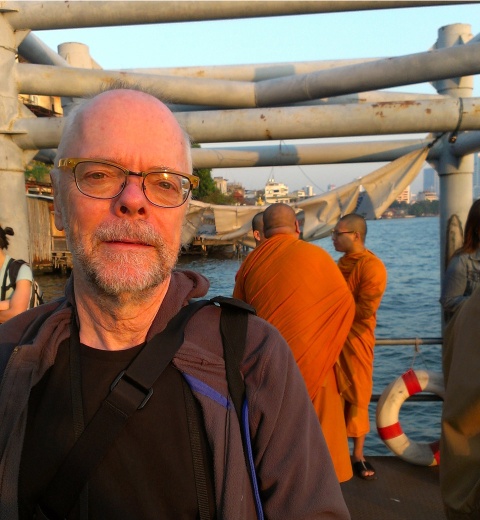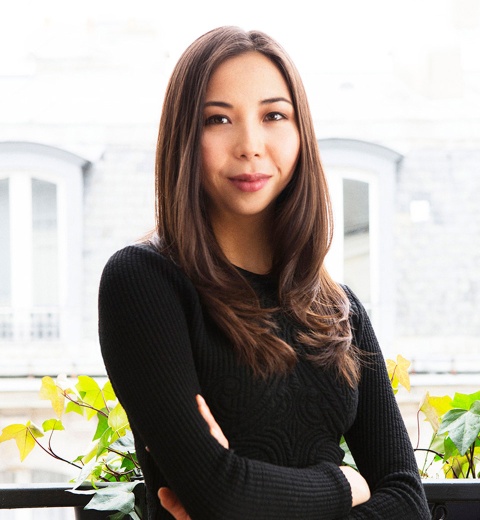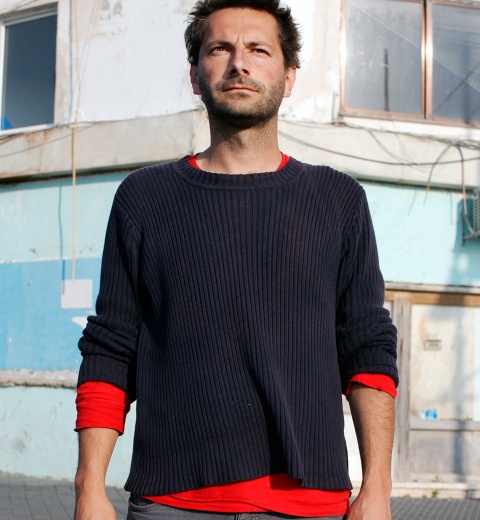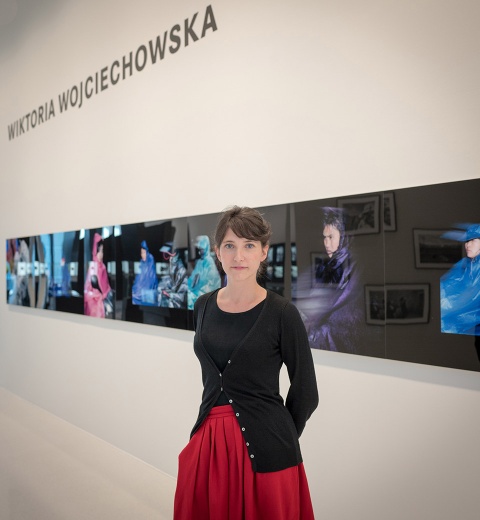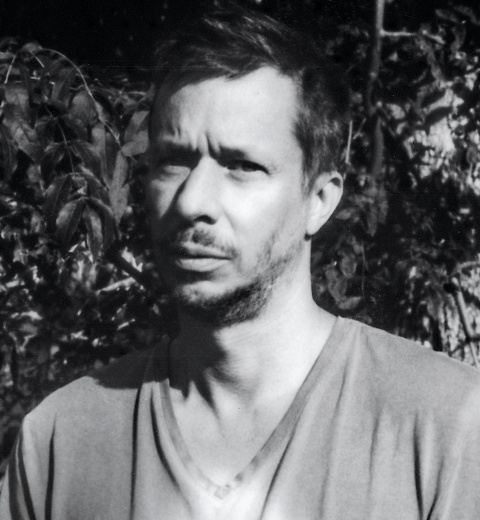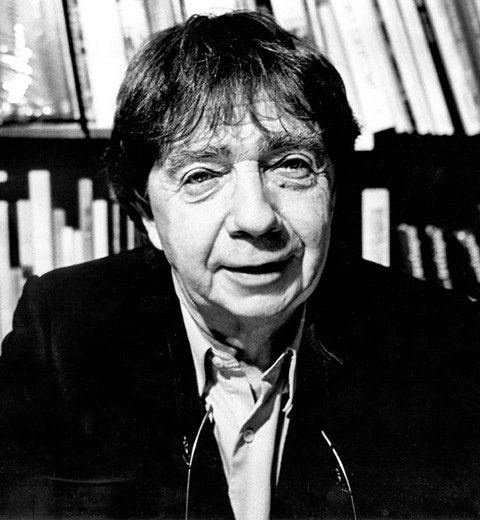Interview Jan Grarup
When the earth shook in Haiti in 2010, Jan Grarup was in Denmark. Familiar with the country from previous journeys, he travelled there on assignment for a number of international magazines. LFI spoke with the photojournalist.
LFI: In 2005, we already published one of your reportages in LFI – featuring photos of the devastating earthquake in Bam, Iran. Now your series on the catastrophe in Haiti has earned you the Oskar Barnack Award. How is it for you to work as an observer of such human tragedies?
Jan Grarup: It’s always very hard to be ’just‘ an observer of such events – I always try to do my utmost. Seeing all the suffering going on in a place like Haiti in the aftermath of the earthquake, I feel obliged to do so. As photographers we have a responsibility to do so in order to tell the stories as honestly and as in-depth as we can. It’s a hard job – and it comes with a lot of personal consequences.
LFI: With your pictures of devastation, you manage to convey an immediacy that makes it impossible for viewers to remain unaffected by what they see. We become part of the disaster; we can’t withdraw to a safe place and ‘just’ observe. How do you approach such a subject?
Jan Grarup: I’m a father of four children aged 8 weeks to 14 years. I often think about how I would manage had I been in the same situation as the people I photograph. But most importantly, it has to do with the photographer having empathy. You can’t photograph if you’re not present with your heart.
LFI: Why do you photograph suffering worldwide? What motivates you?
Jan Grarup: I feel that we, the people in richer parts of the world, have an obligation to get involved in places where people have next to nothing in order to survive. Photojournalism can potentially help if the stories are told with empathy, in-depth, and with heart. I hope my work can help people to reflect on life ...
LFI: How do you manage to regain distance from the things you’ve seen while working on your reportage?
Jan Grarup: I can’t. The consequences for myself as a man and as a father have been many. What’s more, I’ve been diagnosed with post traumatic stress due to my job. However, I wouldn’t want to do anything else. I feel the work is important.
LFI: You often take pictures in areas affected by catastrophe – don’t you have doubts about being unable to help?
Jan Grarup: I consider photojournalism as one way of helping people to understand. I am not saying that my work has helped; but I honestly and sincerely hope it has. LFI: How do you manage, on the one hand to show so much and, on the other, not everything? You always manage to treat the people in your pictures with respect; you don’t conceal yet you also don’t expose.
Jan Grarup: I always have a lot of respect for the people I photograph. In my latest book, ‘Shadowland’ – to which H.H. The Dalai Lama wrote the foreword – I started by thanking all the people I’d photographed for letting me into their lives at a time when their lives were the most painful. For me – time, heart, respect and empathy are key issues.
LFI: Catastrophes – whether caused by humans or by nature – are ‘grateful’ subjects for many photographers and journalists. Your photos, however, treat the events with caution; details are frequently only revealed when viewers take a closer look. How important is it to you to consciously compose the pictures?
Jan Grarup: I don’t think that my work takes part in this ‘gratefulness’ you speak of. I know exactly what you mean. I consider my work has many layers and that it often gains more meaning by being looked at in a deeper way. Basically, one could argue that it is up to the viewers how much information they want to draw out of my images.
LFI: You’ve won the Oskar Barnack Award. What does that mean to you?
Jan Grarup: It’s a big honour. There have been many extremely good photographers before me who won the award, so I’m honoured to be one of them.
LFI: How important is it for you to work on personal projects and books?
Jan Grarup: I have several big projects in production all the time. Right now I’m working on a project about child mortality in the world – a story I feel deeply about seeing as I’m a father of four myself. Furthermore I'm finishing a book on the genocide in Darfur called ‘And Then There Was Silence’.
LFI: With your type of photography you manage to ensure that people remember the event long after it stops making the news. How important to your work is this aspect of remembering?
Jan Grarup: It’s very important for me that people remember what’s going on in the world long after the more ‘fast forward’ media has left a place. A story doesn’t just go away just because the media leaves. It’s not so important if they remember my pictures specifically, as long as they remember the issues and the fact that something is going on beyond their own backyard.
LFI: Thank you for your time.
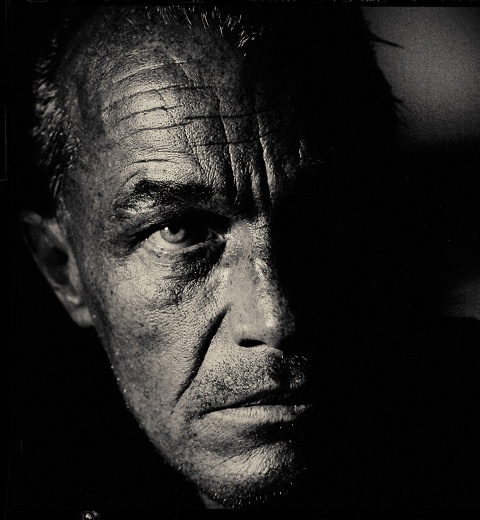
Jan Grarup
Born 1968 in Denmark; living in Copenhagen, Denmark. Co-founder of the photo agency NOOR Published among others in Newsweek, The Guardian, Stern, Geo, Paris Match; numerous awards; current book project: ‘And Then There Was Silence’ on the genocide in Darfur.
